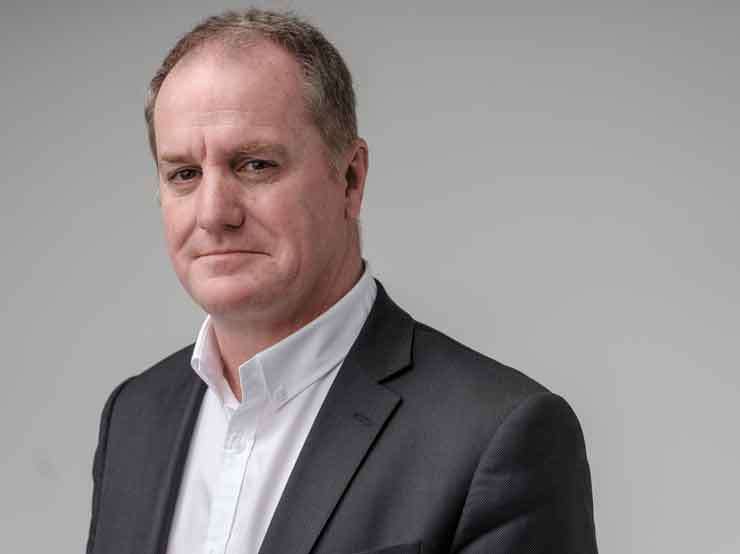COMMENT: Regardless of where you live in New Zealand right now, house prices are almost certainly on the boil in your area as the perfect storm of low interest rates, low listing volumes and the fear of missing out fuel a sustained housing boom.
READ MORE: Find out if your suburb is rising or falling
But will that boom be our last? Credible market commentators like Tony Alexander and Cameron Bagrie are both pointing out that low interest rates, which have driven big increases in house prices, are unlikely to go much lower; that historically high rates of immigration, over recent years, are now tracking down putting less pressure on the housing market; and that we will probably fix the housing shortage over the next few years – taking pressure off house prices. Both also point to tighter bank lending rules and Reserve Bank rationing measures which mean that we’re unlikely to see another big expansion of mortgage credit such as we’ve seen in recent years.
On top of that we have some fairly big calls being made by the Finance Minister and the Reserve Bank Governor, both of whom are claiming that the new measures that they’ve recently put in place, or have up their sleeves, will finally kill off the dragon of house price inflation and bring it down to near zero going forward.
Start your property search
And as if all of that wasn’t compelling enough, there’s also the small matter of the gap between median household incomes and median house prices which has been steadily widening since the 1980s and you start to get a sense of why some might believe that the days of property booms are over.
So the party’s over, right?
Well, not so fast. If you follow my commentary, you’ll know that I’m a strong believer in the property cycle. There are differing views on what form the cycle takes, but there’s a general consensus that each one lasts about ten years and that, during those ten years, house prices will be flat for three or four years but will double during the other six or seven. Obviously it’s not a science, but nor is it a bad rule of thumb to describe what’s happened over the past 40 years.

Ashley Church: “If the reducing cost of money has been the driver of house price inflation then we’re getting close to running out of fuel in the tank.” Photo / Ted Baghurst
Why 40 years? Because we have good data which has tracked Kiwi property trends since the early 1980s and which shows that we’ve had four ‘boom’ cycles since that time. But if the commentators, the Reserve Bank and the Government are all correct, that cycle is now over.
But is it? The logical extension of the argument above is that a unique set of circumstances led to our history of boom cycles and that the changes outlined mean that that pattern will now draw to an end, so it’s worth taking a closer look to see what was going on during each cycle to see whether that position carries weight.
The first doubling of house prices peaked somewhere around 1986, capping off a decade of volatile change which was mostly dominated by the Muldoon Reforms but finished with the even more far reaching Rogernomics reforms initiated by Labour. Inflation was running at around 18%, mortgage interest rates were up over 20% and net immigration showed a negative outflow of around 17,000 people, many of them to Australia.
By around 1996 houses prices had broadly doubled again. The National Government, which had been in power since 1990, had largely continued the previous government’s reforms but had also reformed State Housing, bringing in market rentals and selling off a big portion of the State Housing portfolio. Inflation had plummeted to just 4% and floating mortgage interest rates, while high by today’s standards, were down to around 12%. Migration was still negative, with a net 10,000 people leaving the country.
By 2006 – a year punctuating yet another decade of doubling house prices – the Clark Labour Government had reversed the housing reforms of the previous Government, abolishing market rents but retaining the accommodation supplement introduced by National to offset the higher cost of renting. They also presided over inflation of around 4% and floating mortgage interest rates of around 10%. Net migration for 2006 was now running at a gain of over 10,000 additional people.
By 2016 house prices had broadly doubled again. Under the Key Government, floating mortgage interest rates were down to an historical low of around 5%, inflation was down to an historical low of 1.6%, migration was running at a net gain of over 70,000, and the debate had moved to the cost of housing and a shortage of homes purported to be over 100,000.
My point? That the only common factor underlying each boom period was the reducing cost of mortgage interest and that all of the other factors we’ve focused on in recent decades have been largely irrelevant.
If the reducing cost of money has been the driver of house price inflation, then we’re getting close to running out of fuel in the tank. If it hasn’t, then history dictates that this won’t be our last property boom - regardless of the claims being made.
Only time will tell.
- Ashley Church is a property commentator for OneRoof.co.nz. Email him at ashley@nzemail.com






































































